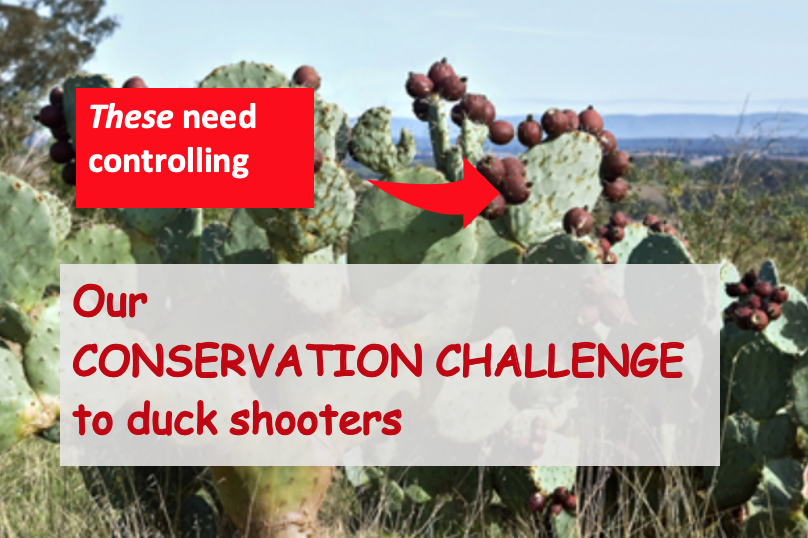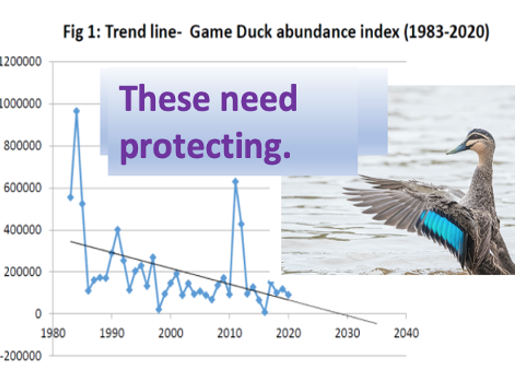WHAT THE HUNT CLUB DOESN'T TELL YOU
- Regional Victorians Opposed to Duck Shooting Inc.

- May 21, 2021
- 3 min read
Updated: May 23, 2021
Our Conservation Challenge to Hunters & Hunt Clubs
On May 20, the Victorian state government announced a welcome $55 million to boost tourism for our state. But there's less transparency about the public funding spent on a pastime known to hamper it.
It may shock taxpayers to learn how much they are paying to support an activity most oppose.
Freedom of Information has disclosed that hunting has been subsidised by taxpayers by more than $22m since the GMA opened its doors in 2014. This is without the cost of helicopter duck counts, trips overseas to study bird wounding, or factoring in the costs of lost tourism or productivity (when people can't work from home and shiftworkers can't sleep due to shotgun noise).
Now let's look at public funding for one hunt club in particular which markets itself as "conservationists".
Mrs McArthur MP stated in parliament on 17 March 2021 that this club's wetlands projects get no government support. She was incorrect. (And also omitted to mention – while singing their praises - that she is actually a member of the club.)
According to our understanding of their Annual Reports, taxpayers have afforded this hunt club the following:
2011-12: $29,363 in government grants and a $100,000 donation from the publicly funded Trust For Nature (which co-incidentally shares a board member with GMA).
2013-14: $504,000 to be paid over 10 years from publicly funded VicRoads tree offsets, via a Trust for Nature Native Vegetation Agreement.
2014-15: a $750,000 grant from the state government’s Shooting Sports Facilities Program (SSFP) to purchase a new property north of Melbourne.
2016-17: more than $1,000,000 in grants from the state-funded SSFP and a $52,183 grant to develop a scoring system for their branches.
2017-18 state budget: The $1m SSFP allocation to gun clubs across the state included funding for a Feasibility Study for one of this club's sites and funding to run the Shotgunning Education Program designed to improve the accuracy of duck shooters. (That program failed to attract interest, with only 57 participants out of 25,000 duck shooters in the years 2018 and 2019.) Also, a further government grant to digitise the records of its Hunting Archive.
2018-19: $115,361 in government grants.
2019-20: $99,500 in COVID-related assistance (from state/federal governments) and another $77,516 for projects at one of their sites.
An amount of $224,798 (in the 2020-21 year) from the state government as a Victorian Community Sports Sector COVID-19 Short-Term Survival Grant.
It is surprising a club would promote its “conservation” activities without mentioning the considerable taxpayer support it receives.
Conservation or gun fodder?
The acid test for this club's conservation credentials is whether it would continue conservation work without being allowed to shoot waterbirds for recreation.
Sadly it appears it would not. RVOTDS understand that recently, Winton Wetlands management asked the club for help to shoot foxes in order to protect native wildlife. The hunt club refused unless they could also shoot native waterbirds. Thankfully, Winton Wetlands declined. (As a non-bird shooting area, Winton Wetlands attracts around 60,000 visitors a year - more than twice the number of duck shooters in Victoria).
Most would agree true conservationists would 1. be advocating for a ceasefire themselves given the decline in birds and 2. be happy to continue real conservation work (weed removal, tree planting, bird boxes) irrespective of whether or not they could shoot birds.
(Perhaps a state saving could be achieved by turning to other community groups - and there are plenty of them - who would do (and already do) conservation work for far less, if any, financial reward).
RVOTDS publicly challenge hunt clubs to give the shotguns a break this season and instead come and kill cactus - now that's conservation and something regional Victoria needs!
The spotlight's on them. What will they choose?

Note that if the trend remains linear, game bird extinction could occur on or before 2030. Source: Submission from Animals Australia to GMA, Dec 2020, p5, available from GMA website.
Like what we do? Please help us do more!
As a not for profit group of volunteers we greatly appreciate community support to continue our work. If you would like to donate, please click here it may take a minute for the page to load.
On behalf of our beautiful birds and the communities who love being home to them, Thank you!








Comments